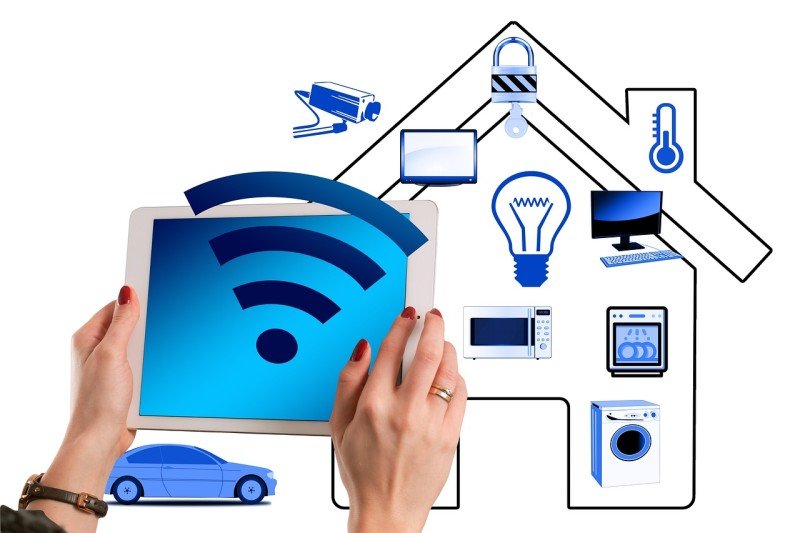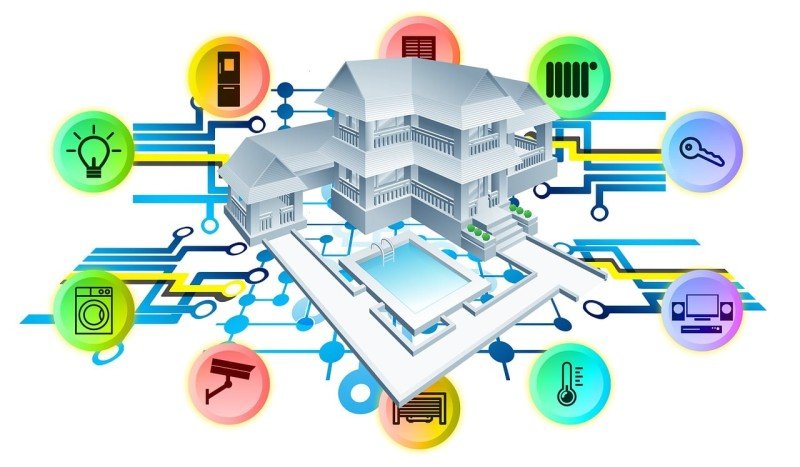If you’re diving into the world of home automation, understanding WiFi basics is crucial. With so many devices connected to your home network, it can feel a bit overwhelming. But don’t worry! WiFi home automation is all about making your life easier, letting you control everything from lights to thermostats right from your phone.
At its core, WiFi home automation uses your existing internet connection. This means you can control your devices from anywhere as long as you're connected. You don’t need extra wiring or complex setups—just plug in your smart device, connect it to your WiFi, and you're ready to go. It’s super user-friendly and perfect for beginners!
One of the best things about WiFi home automation is the flexibility it offers. You can add new devices as you go—like smart speakers, security cameras, or even smart plugs—without worrying about installation hassles. Plus, most devices come with apps that allow for easy setup and control. It's like having a remote at your fingertips!
Of course, there are a few things to keep in mind. Your WiFi network needs to be strong enough to support multiple devices without slowing down. Consider getting a WiFi extender if you have a larger home, or look into mesh network systems for better coverage. A stable connection is key to enjoying all the benefits of automated living!
Exploring Wired Home Automation Benefits
Wired home automation systems bring a lot of advantages that can really enhance your home experience. One of the biggest perks is reliability. Since they use physical cables, you don't have to worry about interruptions from Wi-Fi dead zones or interference from other devices. Whether it's your lights, security cameras, or HVAC system, a wired setup is generally more stable and consistent.
Another benefit is speed. Wired connections typically offer faster data transfer rates, which means your devices can communicate with each other more quickly. This is particularly important for things like security systems, where every second counts. You won’t have to deal with lag, and your smart devices will respond instantly, giving you peace of mind.
Security is a big concern for many homeowners, and wired systems often come out on top in this area too. Since they’re not broadcasting signals that could be intercepted, they generally provide a safer environment for your data. You can feel more confident that your information is protected from potential cyber threats.
Finally, wired installations can sometimes be more cost-effective in the long run. While the initial setup might be a bit pricier, they usually require less maintenance and are less likely to suffer from connectivity issues. Plus, with smart home technology becoming more popular, investing in a wired system can increase your home’s value.
Comparing Performance and Reliability
When it comes to home automation, performance and reliability are key players in the game. Both WiFi and wired connections have their strengths, and knowing these can help you choose what fits your lifestyle best.
With WiFi, you get the convenience of wireless access. It’s easy to set up, and you can control everything from your phone or tablet without the hassle of cables. However, WiFi can be affected by things like distance from your router and other devices competing for bandwidth. If multiple devices are using the same network, you might notice some lag or dropouts, especially during peak usage times.
On the flip side, wired connections shine when it comes to reliability. They offer a stable link with minimal interference, meaning your devices typically run smoothly without hiccups. This makes wired setups perfect for essential systems like security cameras or smart thermostats where a constant connection is crucial. The downside? You might have to deal with installation challenges, like running cables through walls or adapting your space for it.
Ultimately, if you're looking for ease of use and the ability to expand your system without drilling into walls, WiFi could be your best bet. But if you need serious reliability and don’t mind getting a little hands-on with installation, consider going wired for your most important smart home devices. The choice will come down to what matters most in your home setup.
Choosing the Right Option for You
When it comes to home automation, choosing between WiFi and wired options can feel a little overwhelming. Each has its perks, so understanding what works best for your space and lifestyle is key. Let’s break it down.
If you’re looking for flexibility and ease of installation, WiFi is a great choice. You won’t have to deal with messy cables, and you can easily add devices as you go. Perfect for renters or those who want a quick setup. Just make sure your WiFi signal is strong enough where you plan to install your gadgets!
On the other hand, wired home automation can offer more reliability. If you need a stable connection for things like security cameras or smart speakers, going wired may be the way to go. It's less likely to experience interference from neighboring networks or devices. Plus, no worries about WiFi range issues!
Consider how you plan to use your smart home system. If you have an extensive setup with multiple devices, wired might be a better fit for consistent performance. But if you want the freedom to move things around and try new setups without a hassle, stick with WiFi.
Ultimately, your choice should match your specific needs and layout. Take a moment to think about how you use technology daily and what environments or setups work best for you. This will make the decision much easier!



